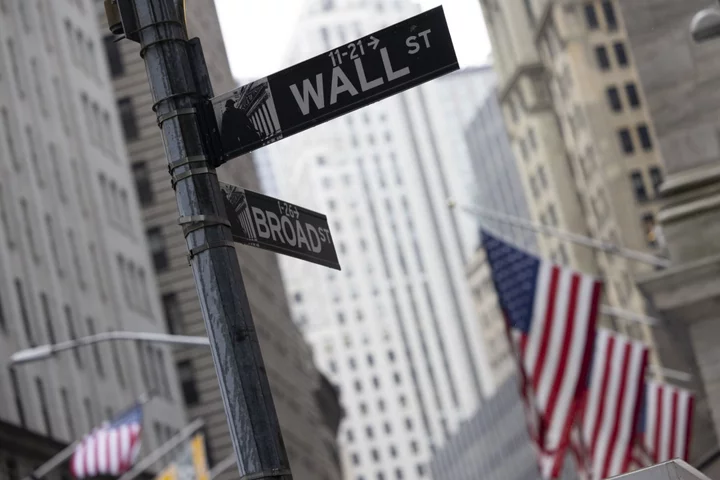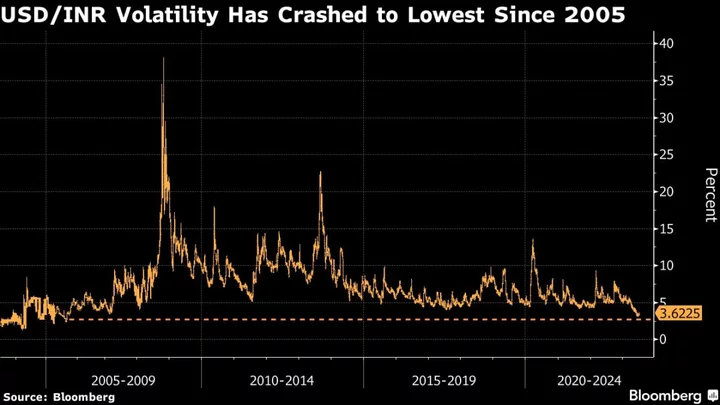Sri Lanka cut its benchmark rate for a third time this year to help revive economic growth and rein in real borrowing costs.
The Central Bank of Sri Lanka lowered the standing lending facility rate by 100 basis points to 11%. Five of the seven economists surveyed by Bloomberg forecast cuts ranging from 50-200 basis points, while two predicted a hold.
The board decided to cut rates “with the aim of stabilizing inflation at the envisaged 5% level in the medium term, thereby enabling the economy to reach its potential growth,” the central bank said in a statement on Thursday.
The reduction of rates will “accelerate the downward adjustment in market interest rates, particularly lending rates, in the period ahead,” it added.
Low single-digit inflation is giving the central bank room to ease rates after a pause in August, helping to bolster the economy after the worst financial crisis in seven decades. The central bank had cut borrowing costs by a total of 550 basis points since June and slashed lenders’ cash reserve ratios to boost economic activity.
Sri Lanka’s rupee edged 0.1% higher to 322.7 per dollar. The nation’s 7.55% 2030 foreign currency bond traded steady at 45.3 cents on the dollar, according to indicative pricing compiled by Bloomberg. The Colombo All-share index advanced 0.4% to 11,119.
What Bloomberg Economics Says...
The Central Bank of Sri Lanka’s decision to cut rates on Thursday will probably help boost demand and support a recovery that is losing momentum. Inflation’s rapid retreat gives the CBSL scope for more reductions – it’s also driven real borrowing rates to record highs. To safeguard the economy’s rebound, we see the central bank lowering it’s policy rates by another 250 basis points by the end of 1Q24.
Ankur Shukla, South Asia economist
For the full report, click here.
The central bank is driving down borrowing costs in tandem with inflation, which slowed to 1.3% in September from a peak of 70% a year ago. The central bank said Thursday that some administrative price increases on electricity tariffs and tax measures could result in “a short-lived upward movement in headline inflation beyond the target,” in the near term.
The International Monetary Fund is having more talks with local authorities on Sri Lanka’s $3 billion bailout program, and assessing the nation’s debt restructuring efforts, before releasing further funds. The lender said last week that Sri Lanka was meeting key targets but full economic recovery was not yet assured.
A key concern is the slow build-up in foreign exchange reserves, which stood at $3.6 billion at end-August compared to $3.8 billion in July. The central bank said Thursday reserves were estimated at around $3.5 billion as at end September, including the swap facility from the People’s Bank of China.
--With assistance from Tomoko Sato and Ronojoy Mazumdar.
(Updates with comments from central bank)









